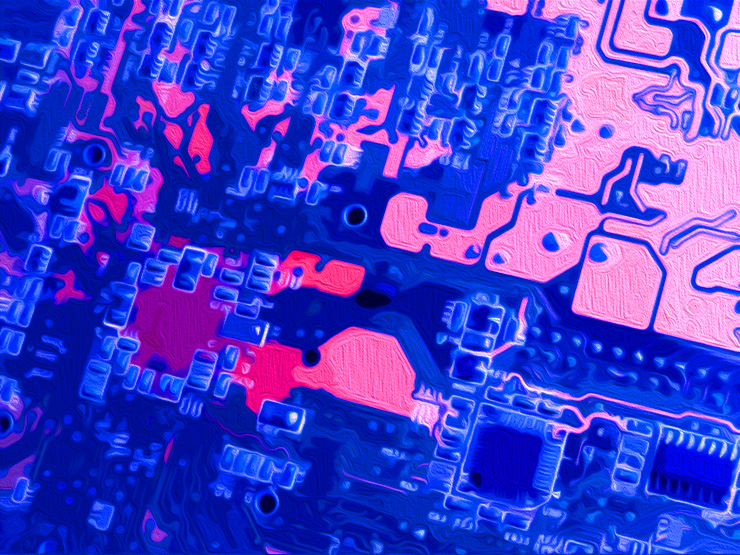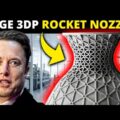Introduction
NASA recently made headlines by successfully using laser technology to stream an ultra-HD cat video from deep space. This groundbreaking experiment has significant implications for future deep-space communications and the possibility of sending astronauts to Mars. Let's delve into the details of this innovative achievement.
The Laser Experiment
NASA's deep-space laser experiment involved beaming an ultra-HD cat video from deep space to Earth. The video, which featured a fat orange cat chasing a laser around a grey couch, traveled an astonishing 19 million miles in just 101 seconds. This speed surpasses that of most broadband internet connections, highlighting the potential of laser technology in enhancing communication in space.
Revolutionizing Communication
By utilizing laser technology, NASA aims to revolutionize the way it communicates with spacecraft and astronauts in deep space. The successful transmission of an ultra-HD video from such a vast distance marks a significant milestone in deep-space optical communications. This advancement is crucial to NASA's plans of sending astronauts to Mars, as it allows for faster transmission of messages and increased bandwidth.
The First Ultra-HD Video Streamed via Laser
The cat video streamed by NASA is the first-ever ultra-HD video transmitted from deep space using laser technology. This achievement showcases the potential of lasers in facilitating high-quality video and data transmissions over vast distances. The video, which lasted 15 seconds, was streamed at a rate of 267 megabits per second (Mbps).
How Deep-Space Laser Communication Works
Deep-space laser communication involves a powerful laser signal emanating from NASA's Table Mountain Facility in California. This laser signal acts as a beacon, helping the spacecraft, in this case, the Psyche spacecraft, to aim its transmitter accurately. The spacecraft then uses its laser to beam information to Earth, where it is picked up and downloaded by the Hale Telescope at Palomar Observatory in San Diego County.
Advantages of Optical Communication
Optical communication, similar to fiber-optic internet, utilizes light signals to transmit information. While light signals travel at the same speed as radio waves, they have the added advantage of being able to carry more information. This capability is particularly useful for future downloads and uploads of high-bandwidth material, making optical communication a promising technology for future deep-space missions.
Implications and Future Prospects
NASA's successful laser experiment has opened up new possibilities for deep-space communication. By increasing bandwidth and improving transmission speeds, this technology paves the way for more efficient communication during interplanetary missions. NASA is committed to further advancing this technology to achieve its exploration and science goals.
In conclusion, NASA's use of laser technology to stream an ultra-HD cat video from deep space is a significant achievement. This experiment not only pushes the boundaries of deep-space communications but also holds promise for the future of space exploration. With continued advancements in laser technology, NASA is on track to revolutionize how we communicate in the vastness of space.—————————————————————————————————————————————
By: mmcfalljohnsen@businessinsider.com (Morgan McFall-Johnsen,Erin Snodgrass)
Title: NASA Uses Laser Technology to Stream Ultra-HD Cat Video from Deep Space
Sourced From: www.businessinsider.com/nasa-lasers-stream-ultra-hd-cat-video-from-deep-space-2023-12
Published Date: Tue, 19 Dec 2023 01:07:46 +0000




Leave a Reply